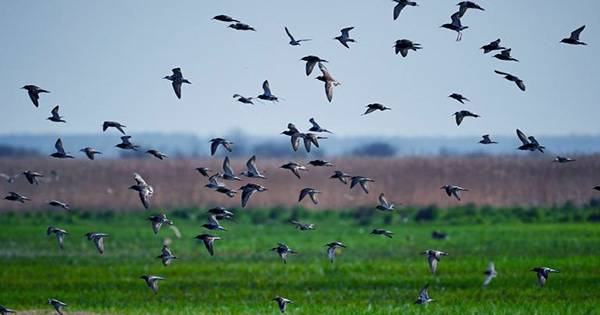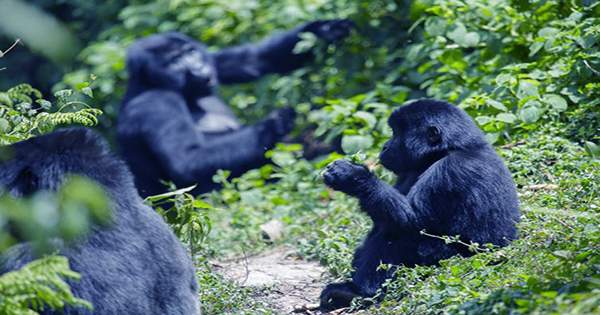Until today, no Komodo dragons have ever been successfully hatched in Australia. In a first for Australia, the Australian Reptile Park recently announced the arrival of three Komodo dragons. Komodo dragons are difficult to breed because their eggs must be nurtured for seven months. In that time, a lot can go wrong, and even fertilizing the eggs is perilous because Komodo dragon mating can range from licking and scratching to wrestling and biting.
In an email to IFLScience, Head Reptile Keeper Jake Meney noted, “A lot of labor goes into breeding Komodo dragons.” “These are two creatures that have the ability to kill each other and injure human keepers in the process.” During the initial introductions, things were a little dicey, but our female proved to be responsive, and the two mated successfully, resulting in the hatching of these three perfect baby dragons.”
Kraken and Daenerys’ children were born, and all three have passed their first-week health exams. They currently weigh 112–116 grams (4–4.1 ounces) and are only 40 centimeters (15.7 inches) long, but with proper care, they can grow to be considerably larger, as Komodo dragons are the world’s largest lizards. Adult Komodo dragons, on the other hand, weigh roughly 70 kilograms (154 pounds) and reach a maximum length of 3.13 meters (10.3 feet). There’s still a long way to go, but the babies are well on their way, having been eating insects.
No other zoo, refuge, or facility in Australia has ever successfully bred and birthed Komodo dragons, making the Australian Reptile Park the first in the country to do so. Komodo dragons were first hatched outside of Indonesia in 1992 at the Smithsonian Zoo in Washington, according to Live Science. The IUCN Red List for Endangered Species presently lists komodo dragons as Vulnerable. Human encroachment, poaching, and a scarcity of egg-laying females are all threats. The birth of the kids is wonderful news for the species because it shows that captive breeding operations can work.
“The next step is to ensure that the hatchlings are successfully raised,” Meney concluded. “We’re planning on putting them on exhibit in a specially created home for them soon, as well as maintaining their feeding schedule and regular health checks.” They grow swiftly; we expect them to reach approximately a metre [3 feet] in length and weigh one kilo [2 pounds] in their first year.” Little dragons welcome to the world.
















